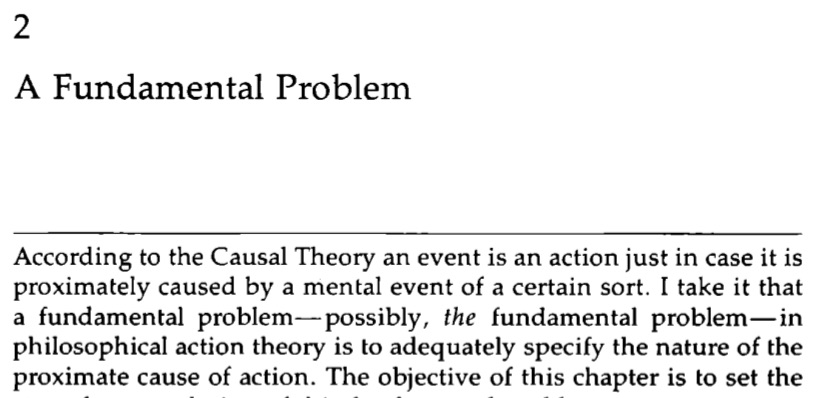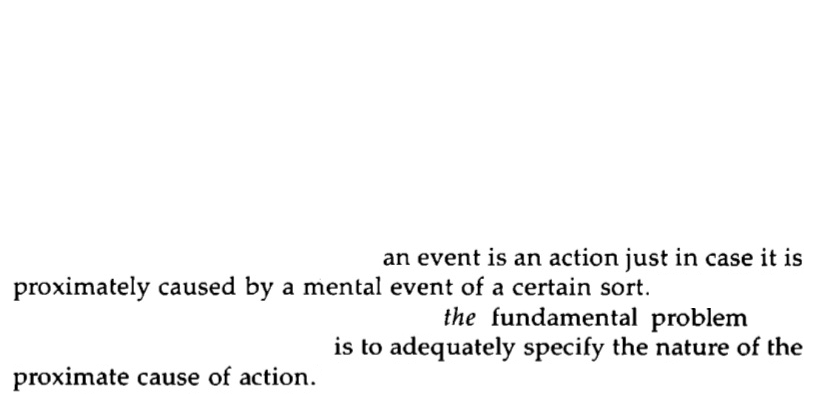Click here and press the right key for the next slide.
(This may not work on mobile or ipad. You can try using chrome or firefox, but even that may fail. Sorry.)
also ...
Press the left key to go backwards (or swipe right)
Press n to toggle whether notes are shown (or add '?notes' to the url before the #)
Press m or double tap to slide thumbnails (menu)
Press ? at any time to show the keyboard shortcuts
Collective Goals
background: goals
intention vs goal
But doesn’t a goal necessarily require an intention?
... or a motor representation.
A goal is an outcome to which an action is directed.
Which outcomes are achievable?
For each outcome, which means of achieving it are available?
Of the various means of achieving a given outcome, which best balance cost against well-suitedness?
Of the achievable outcomes, which best balance cost against expected benefit?
Having settled on an outcome and means, when should these be maintained?
---
For an action to be directed to an outcome is for it to occur because there is one or more outcome in relation to which problems such as these have been, or appear to have been, solved.
Which things are actions?
mechanistically committed
Those things caused by intentions are intentional actions.
Those things which are appropriately related to an intention, or to a belief-desire pair, or to some other state of an agent, are intentional actions.
...
Objection 1
habitual processes
Some actions run counter to any of the agent’s intentions because they are dominated by habitual processes.
Objection 2
motor processes
Invoking motor representations yields a solution to the problem of action that is no worse than the Standard Solution.
Which things are actions?
mechanistically committed
Those things caused by intentions are intentional actions.
Those things which are appropriately related to an intention, or to a belief-desire pair, or to some other state of an agent, are intentional actions.
...
mechanistically neutral
Those things directed to an outcome are purposive actions.
Those purposive actions which happen because of a reason favouring the outcome’s occurrence are intentional actions.
...
Objection 1
habitual processes
Some actions run counter to any of the agent’s intentions because they are dominated by habitual processes.
Objection 2
motor processes
Invoking motor representations yields a solution to the problem of action that is no worse than the Standard Solution.


Brand, 1984
a different approach
1. Which things are actions (as opposed to mere happenings)?
2. Which states or processes enable agents to act?
collective goals

intention vs goal
goals in joint action?
common goal
collective goal
‘The injections saved her life.’ [distributive vs collective]
‘The goal of their actions is to find a new home.’
How could some agents’ actions have a collective goal?
If
there is a single outcome, G, such that
(a) our actions are coordinated; and
(b) coordination of this type would normally increase the probability that G occurs.
then
there is an outcome to which our actions are directed where this is not, or not only, a matter of each action being directed to that outcome,
i.e.
our actions have a collective goal.
joint action
What is the relation between a joint action and the outcome or outcomes to which it is collectively directed?
Could motor representations also ground this relation?
ordinary, individual action
What is the relation between an instrumental action and the outcome or outcomes to which it is directed?
Motor representations ground this relation.